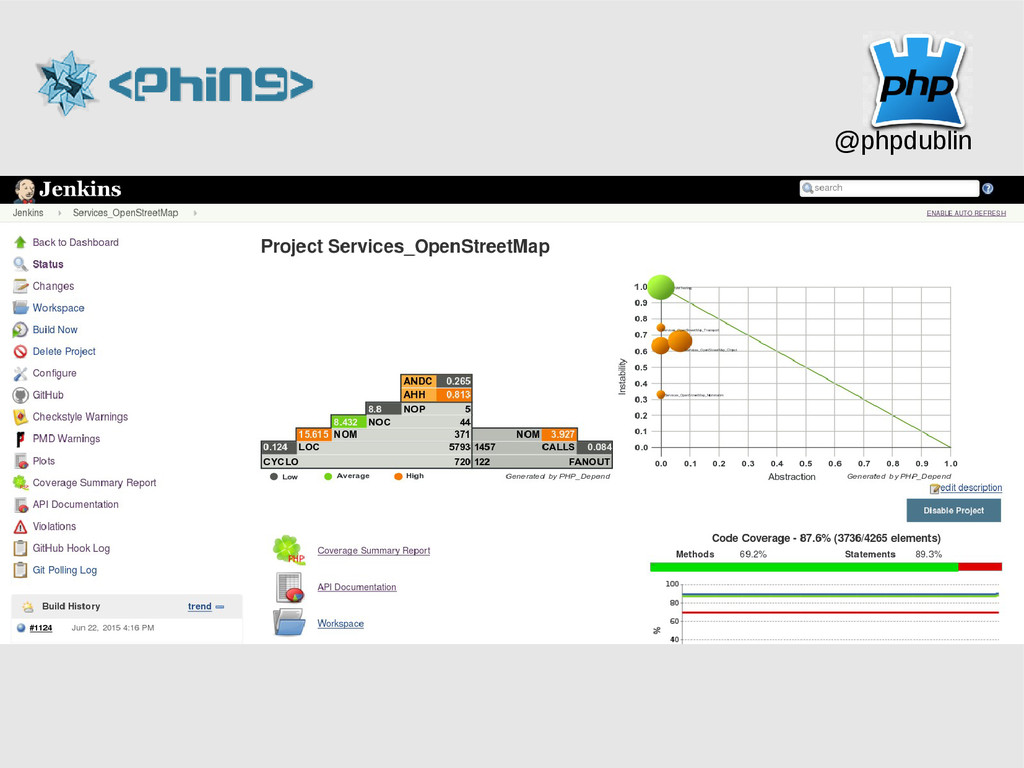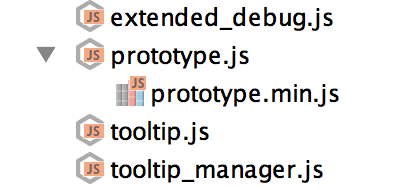

> Automatic (Use defaults locations and all components)Įxpress (Set components and output folder)Ĭustom (Customize all src/dist values) 'run setup' errored after 52 ms Using gulpfile ~\Documents\PHPStorm\BabyShowers\node_modules\semantic-ui\gulpfile.js
#PHPSTORM MINIFY CSS INSTALL#
> install C:\Users\Francis\Documents\PHPStorm\BabyShowers\node_modules\semantic-ui Npm WARN prefer global should be installed with -g

Npm WARN excluding symbolic link tests\withsymlinks\bar.txt ->. Npm WARN excluding symbolic link tests\withsymlinks\.hidden ->. This is a first pass on getting Grunt support into our IDE.Npm WARN deprecated : Please use gulp-clean-css The toolbar on the left can be used to enable the -force switch when running Grunt, or to enable/disable verbose mode. We can also select multiple tasks and run them at once. Phing users will definitely recognize this.įrom the Grunt Console, we can run individual tasks (double-click or select one and Enter) and see the output on the right. Once we have a GruntFile.js in place, we can run it from within the IDE! In our editor, the Open Grunt Console context menu will bring up the Grunt Console tool window in which we can run individual tasks and so on. If you want to learn more about Grunt itself, read the getting started tutorial and visit the plugins gallery to find out which tasks can be easily automated using Grunt.
#PHPSTORM MINIFY CSS DOWNLOAD#
To add support for Grunt-specific syntax, we have to go through Project Settings | Java Script | Libraries, click the Download… button and from the TypeScript Community stubs, download gruntjs. However, for really large files, it’s likely better to load them separately (as it would increase the CSS load time if they were included. No worries: we have to do this just once. Grunt files are NodeJS modules, so let’s start by adding autocompletion for NodeJS by using the Use JavaScript library | Node.js Globals context menu in the editor. The CSS minifier will automatically embed referenced files (like images, fonts, ) into the minified CSS, so they don’t have to be fetched over multiple connections. Here’s an example with two simple tasks that do nothing more than echo “Hello Grunt!” to the console:Īutocompletion not working? That may well be the case! JavaScript has such a wide variety of flavors and libraries that we have to tell PhpStorm which ones we are using. We can simply create a new JavaScript file or edit an existing one. The GruntFile.js is the place where it all happens: it contains all tasks and helpers that will be executed by Grunt later on. In the popup window, search for both of these packages, enter -g (to install the package globally) under options and then click Install. Running npm install grunt -save-dev will install the Grunt runner into our project. Alternatively, go to Project Settings | Node.js and npm, and click Add. From the Terminal tool window ( Tools | Open Terminal…), execute the npm install -g grunt-cli command. The grunt-cli module can be installed using npm. (Check out our tutorial about NodeJS in PhpStorm if you want to learn more about it.) A quick restart should activate and load the plugin. Once done, we can enable the NodeJS plugin for PhpStorm through IDE Settings | Plugins, clicking the Install JetBrains Plugin… button and adding NodeJS to our IDE. Installing NodeJS can be done by following the instructions on their website.




 0 kommentar(er)
0 kommentar(er)
